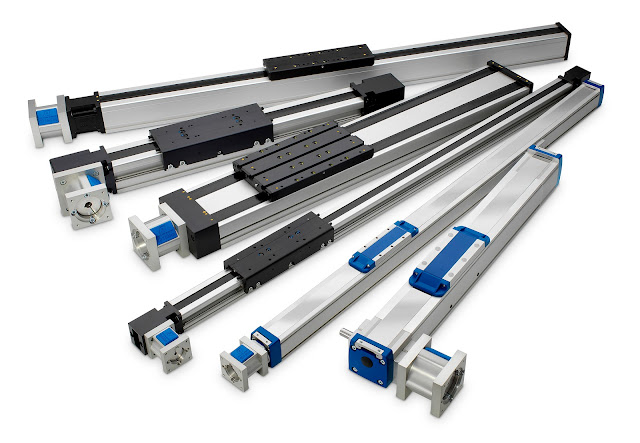Aerosol Cans a Type of Dispensing System Which Creates an Aerosol Mist of Liquid Particles
 |
| Aerosol Cans |
If a can is
designed to spray out its contents, it is an aerosol can. An aerosol can is a
colloidal system that disperses solid or liquid particles through a spray can.
These solid or liquid particles are suspended in the form of a mist. In short,
an aerosol can is self-contained dispensing system where a substance is stored
inside a small metal canister and pushed out as a fine mist, a spray, or a
foam. The system consists of five key elements which work together to deliver a
consistent product. Examples include spray paint, hair spray, room deodorizers,
and many more.
According to Coherent Market Insights the Aerosol
Cans Market Global Industry Insights, Trends, Outlook, and Opportunity
Analysis, 2022-2028.
Aerosol cans are often
used in healthcare as disinfectants, inhalers, anesthetic preparations, etc.
Household preparations in aerosol can include cleaning agents, air fresheners, car
cosmetics, paints and varnishes, etc. Last but not least, certain foodstuffs,
such as oil or whipped cream. Aerosol can are used for more cosmetic products
than just the common hair and body sprays. Cream foundations, gel toothpastes, sunscreen,
self-tanners, lotions, hydrating creams, thermal waters and makeup sprays are
just a few of many personal care items that use aerosols.
However,
traditional aerosol cans facilitate the release of volatile organic compounds (VOCs)
into the atmosphere. It causes environmental pollution as a result of the
interaction of VOCs with nitrogen oxides. This in turn leads to the formation
of ozone at the ground level. The U.S. banned nearly all use of
chlorofluorocarbon, or CFC, compounds as aerosol propellants in 1978 over
concerns that they might attack the 15 to 25-mile-high ozone layer that protects
the Earth from the Sun's harmful ultraviolet rays.
Aerosol products
made or sold in the United States now use propellants, such as hydrocarbons and
compressed gases such as nitrous oxide, which do not deplete ozone layer. Aerosol
can produced in other countries may still use chlorofluorocarbon, or CFC, but
they cannot be sold legally in the United States.



Comments
Post a Comment